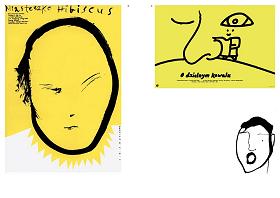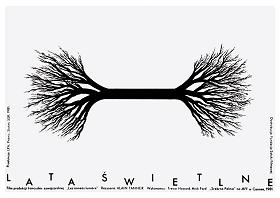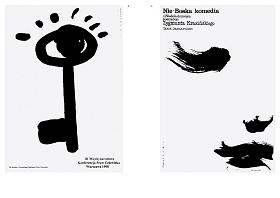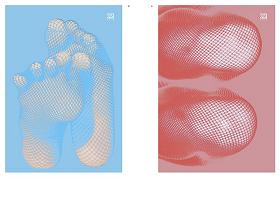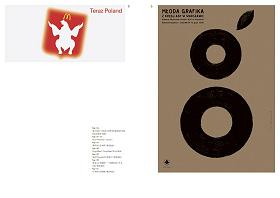|
Interview with Prof. Mieczyslaw Wasilewski
1. You are a professor of graphic design, yet to me you are primarily a successful designer. Do you think these are two completely different careers? Which one means more to you? How do you compromise the teaching of graphic design and your own practice of it?
These two careers interweave. They are both equally fascinating and I
succeed in pursuing both of them. My professional practice complements
my teaching and vice versa.
2. During your educational communication with the students, has your work ever been influenced by the younger minds of design? If yes, in which respect is this so? How do you look at such an influence?
The conversations I have with my students over a project, and the
special aura of these conversations inspire me. My style may sometimes
influence the creative work of my students.
3. As an internationally renowned graphic designer, many of your works are regarded as classics. I’m curious about whether the strong individual style in your characteristic works has an influence on the artistic creations of your students. How do you take hold of this influence? If a student emerges with a style very similar to yours, how would you feel and what would you do?
I think this phenomenon has a long history in the “master and
apprentice” relationship. I don’t dismiss it without comment.
I try to make the young person understand that developing a personal
and individual language of artistic communication is to his own
benefit.
4. With the rapid development of science and technology, it is inevitable that the application of new technologies enter the realm of design. How do you see the relationship between new-tech and the training of traditional basic skills in your teaching?
Finding a well-balanced proportion between tradition and new-tech forms
is one of the most important elements of the teaching process.
5. The idea of Globalization is very popular these days. Is graphic design gradually losing its native character and regional identity? May I know your attitude towards the concept of “nationality” in your design and teaching?
I relate that term also to the dependent relationship between
globalization and regionalisms. Both trends are often seen as
contradictory. In my opinion, however, they may support one another in
creating new creative values.
6. Speaking of Globalization, I always feel that people today are emphasizing speed more than creativity of design.
How do you understand “speed”?
I understand “speed” as the ease of reading a visual message. The
question remains: who is the audience?
7. Savignac used to say posters are children on the streets. In Europe, people tend to understand the poster as an art on the street. Then, what do you think of posters being exhibited and kept in museums? How much time and effort will you devote to poster design in your class schedule?
The "homo ludens" has a pronounced instinct to live out. In this view all people remain children throughout their lives.
Putting posters in museums is adding them to nobility and broadening
their range of influence. Remaining “a child of the street” is also to
be an aristocrat. Poster design constitutes the major part of my
teaching programme.
8. Do you have any specific requirement for design theories in class? What are the books that you usually recommend to your students?
I advise my students to be open to the world that surrounds them.
9. How would you feel about the achievements and success of your students?
I am very happy for them, for their achievements and success.
10. One last question, how do you define a "good designer" and a "good student" respectively? Thank you!
A “good designer” and a “good student” is essentially a creative
person, one that is constantly developing creative potential.
Jianping He / April 2004
| 


